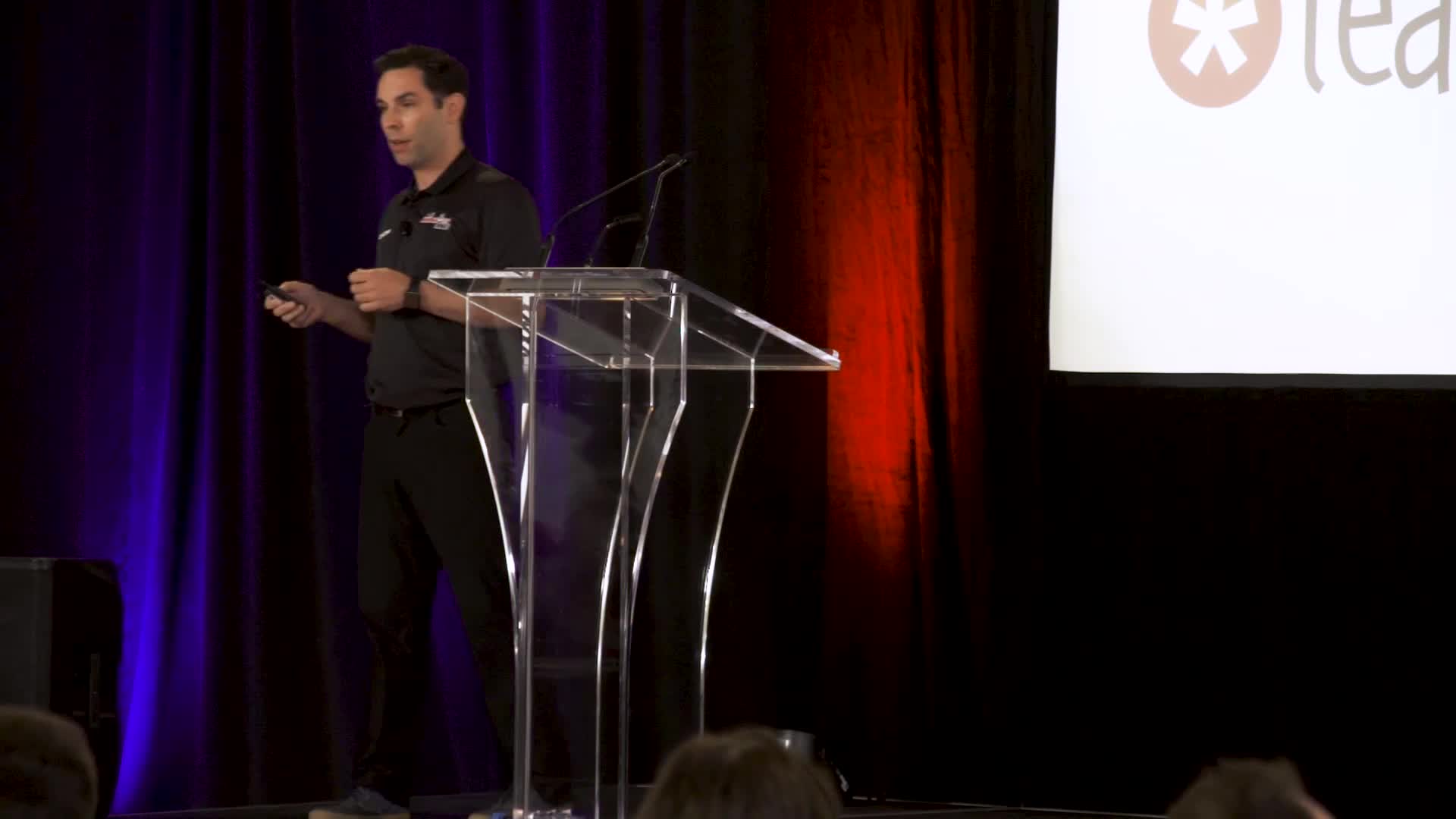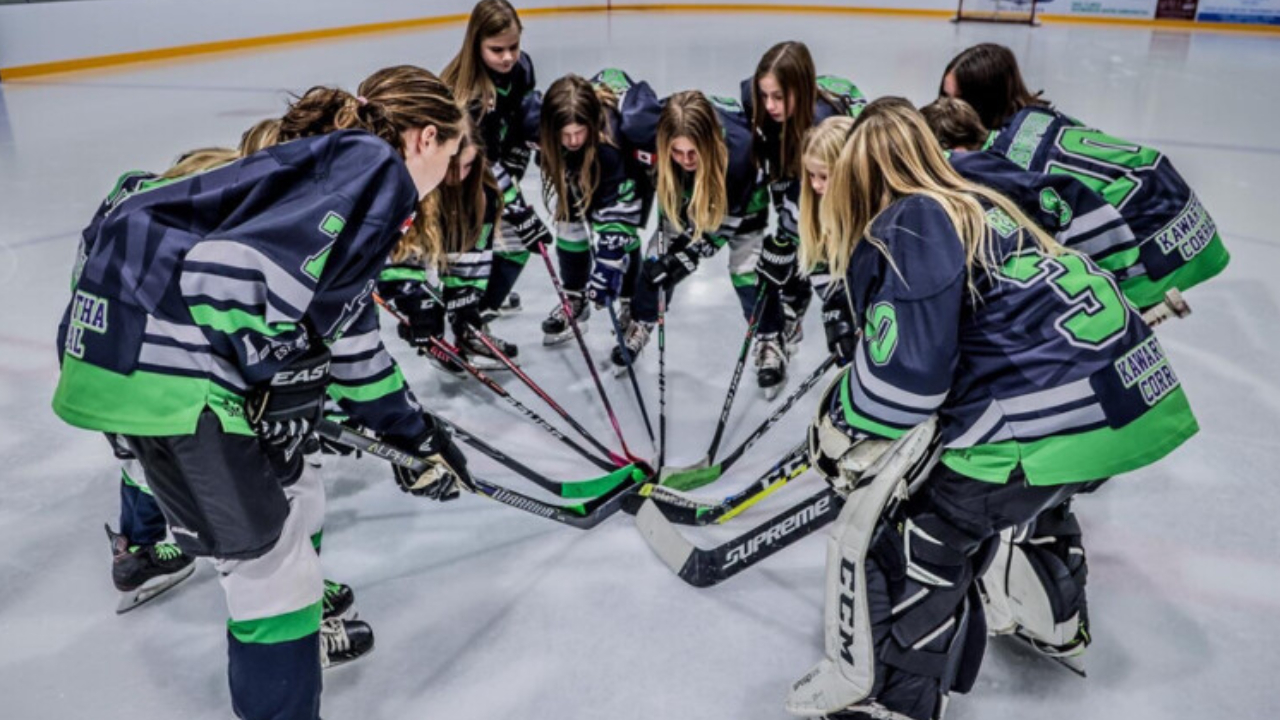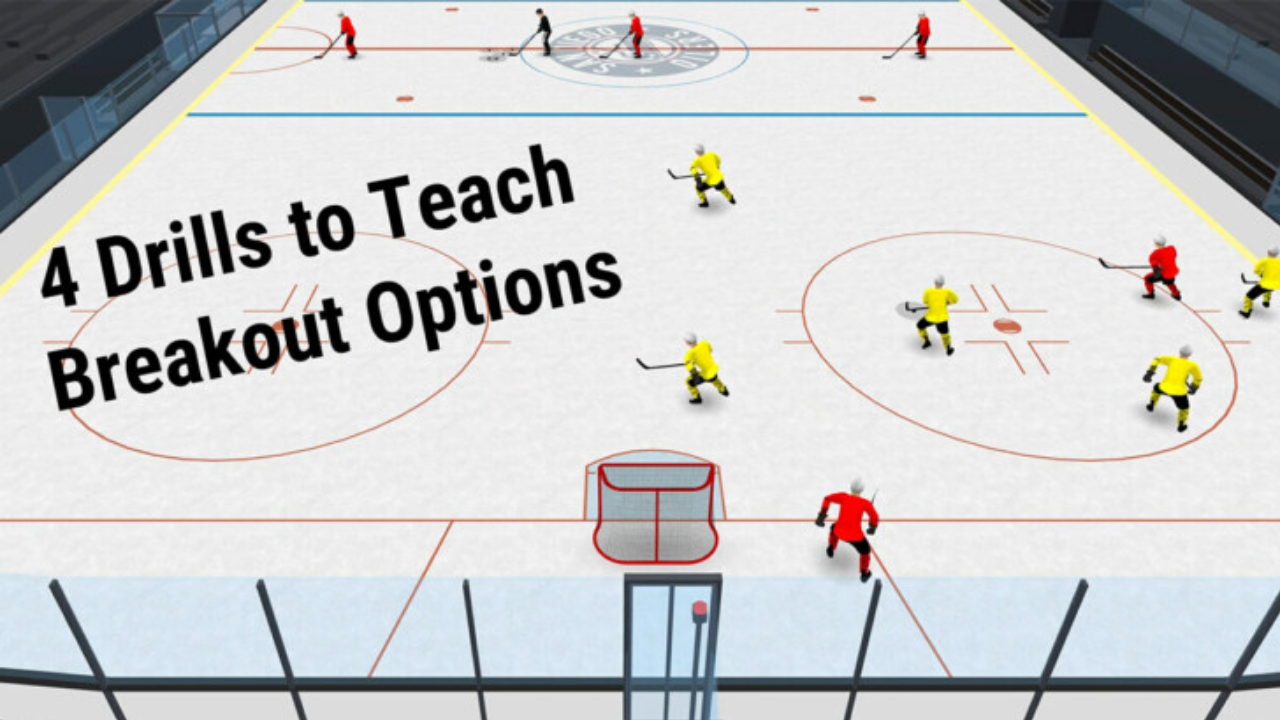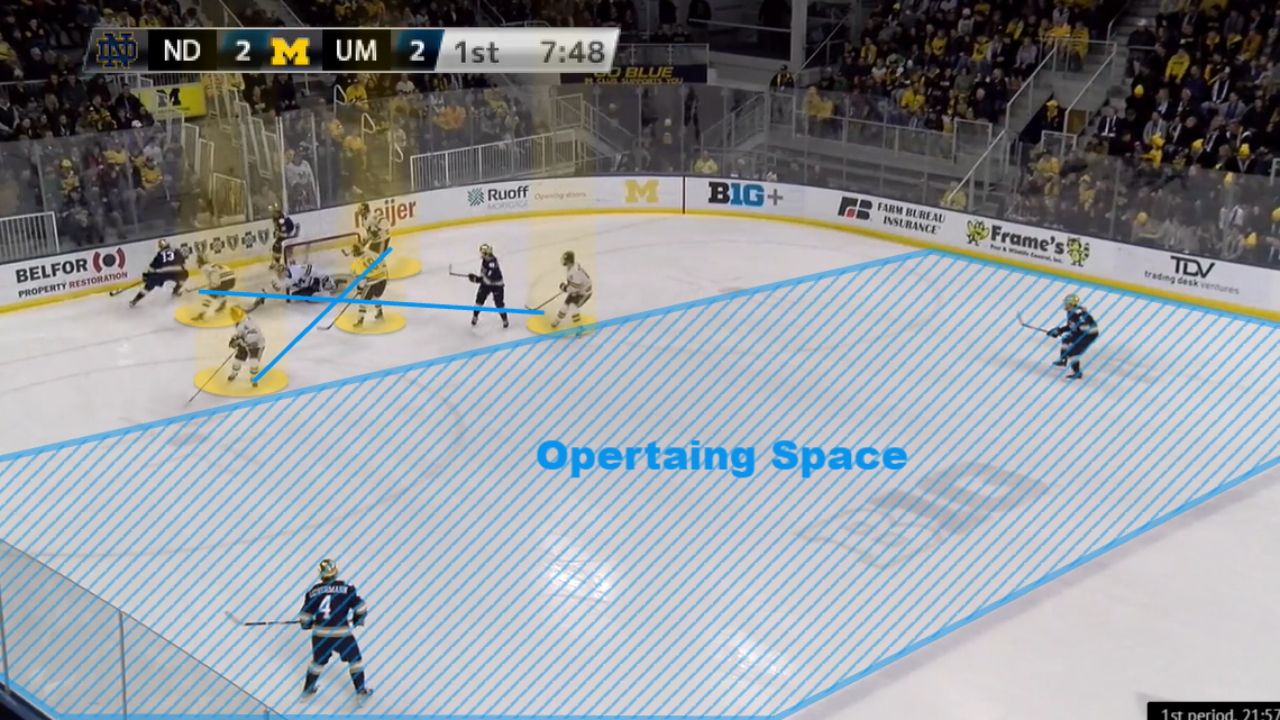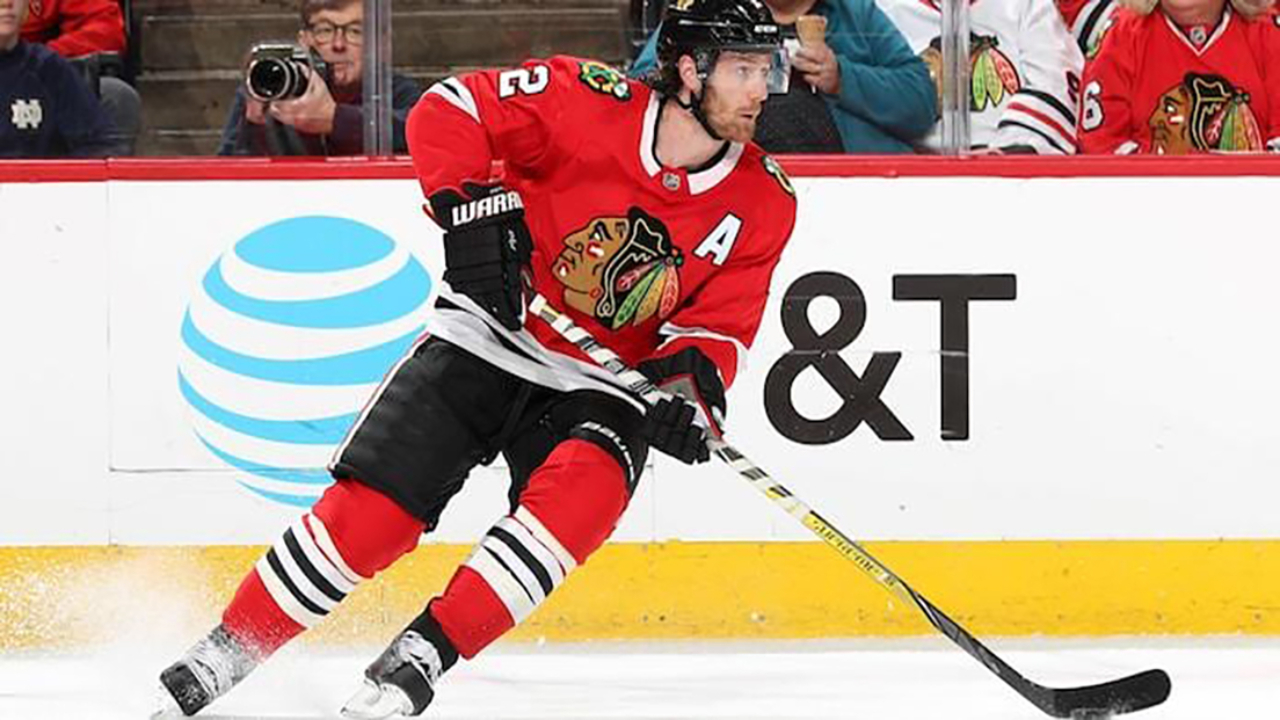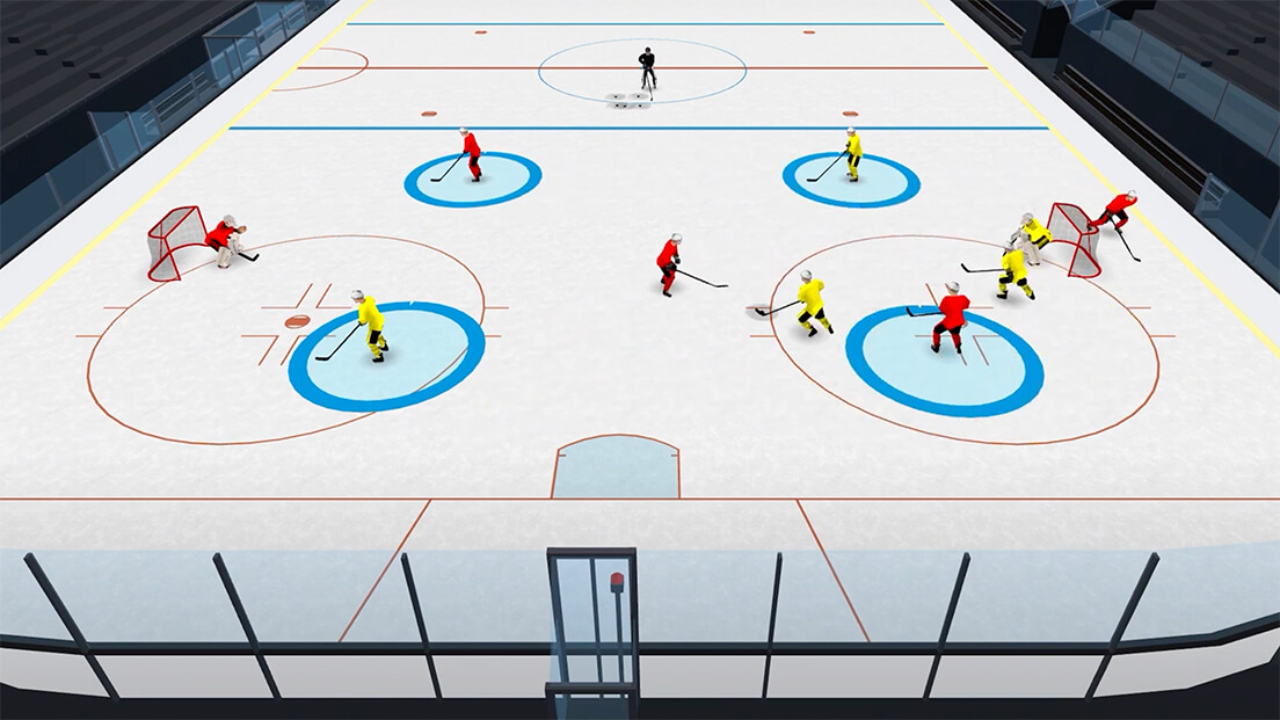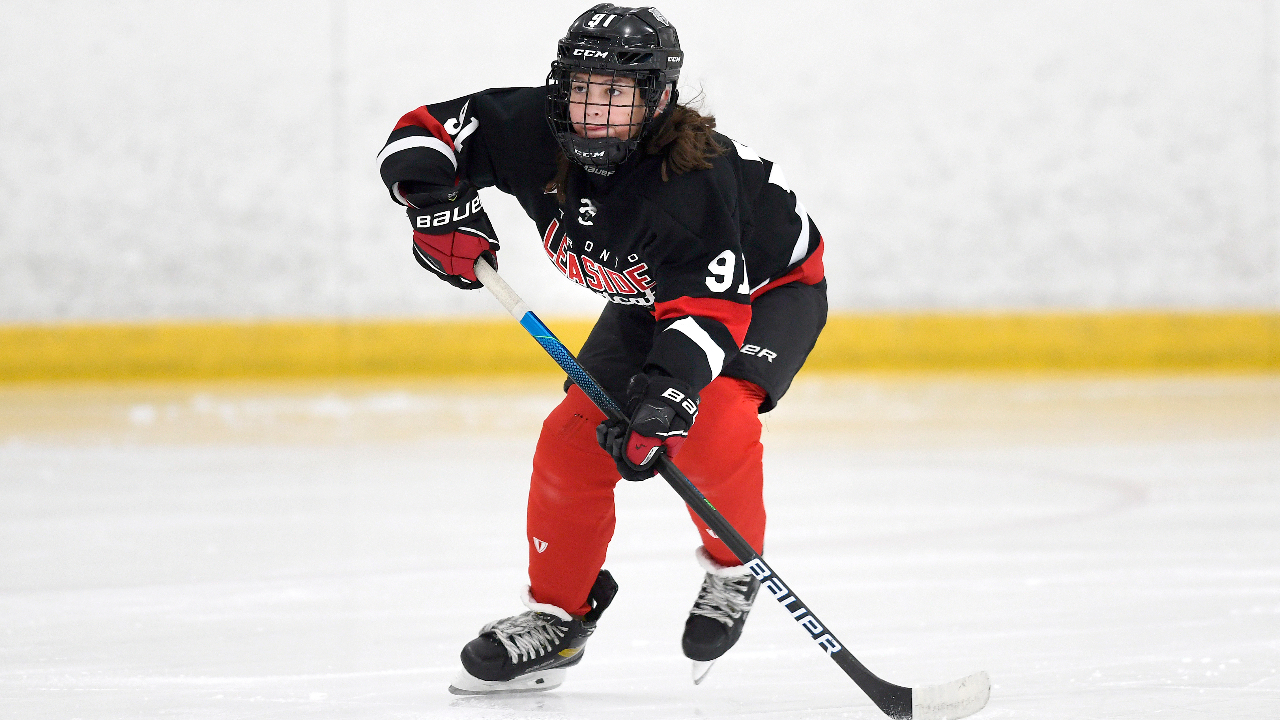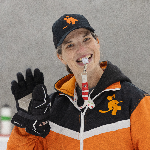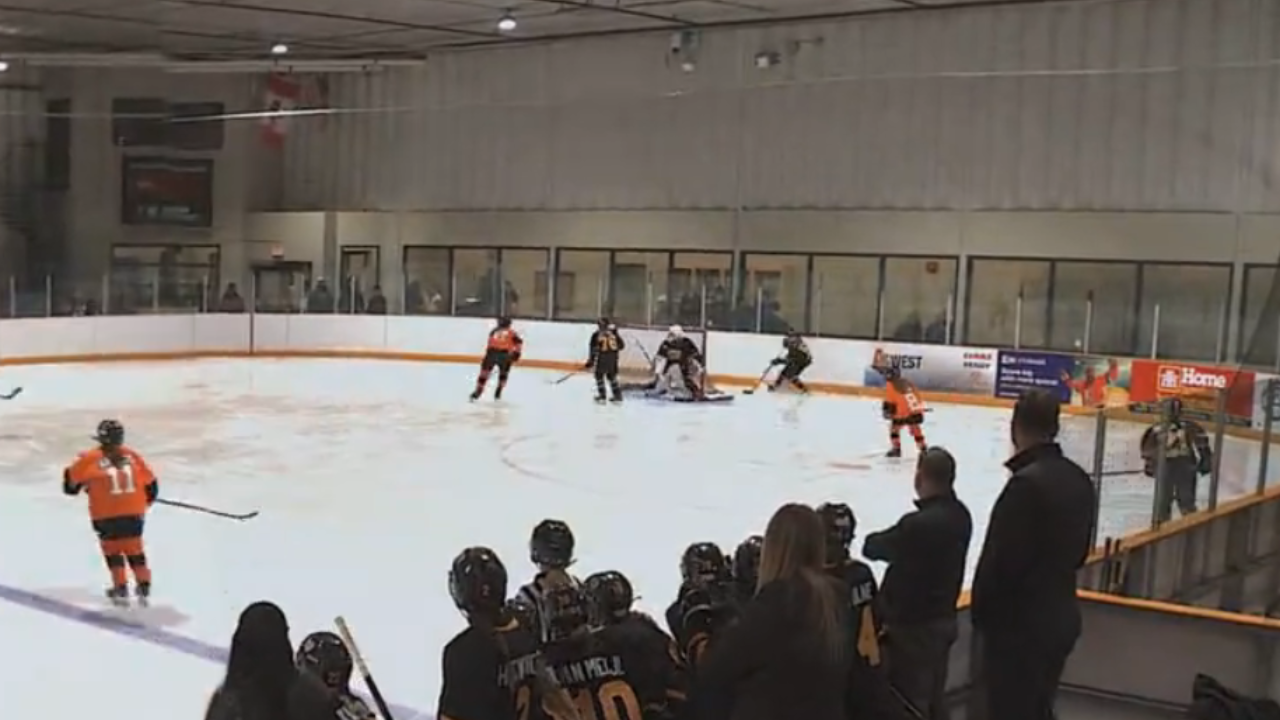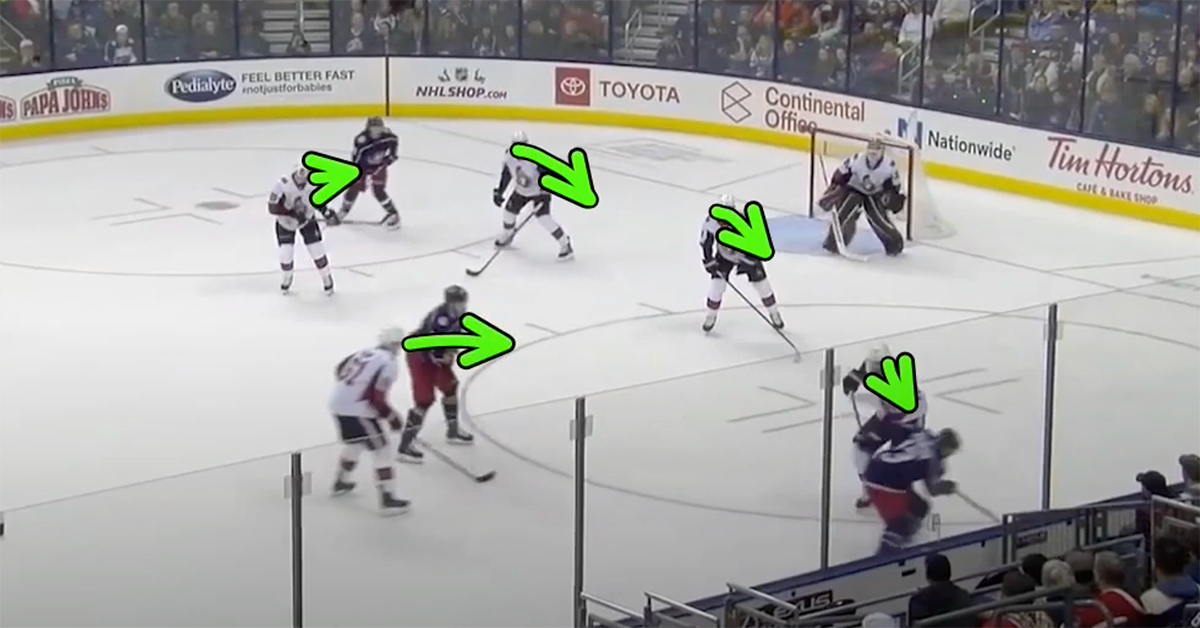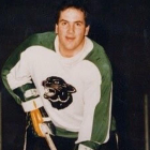This past season, I was helping my son’s U13 hockey team during practice. While we were tying up our skates, the coach was venting about how he couldn’t get the defensemen to stop rimming the puck along the boards to the wingers during breakouts. To make him feel better, I mentioned that my team was dealing with the same challenge and that this seems to be a common issue for most youth teams. A little later, as we reviewed the practice plan before stepping onto the ice, he introduced a drill where the defensemen were instructed to rim the puck along the boards. His reasoning was, that since the defensemen were likely to use this tactic during games, the wingers might as well get practice with it. Without overstepping as an assistant coach, I suggested that if he didn’t want the defensemen doing this during games, then it might not make sense to have them practice it. We ended up developing a plan where the two coaches took the forwards to one end of the rink and had them work on recovering pucks from these situations while I took the defensemen to the other end and helped them focus on finding passing lanes and making a strong, direct first pass. This way, we covered both areas—the defensemen explored alternative plays, and the wingers sharpened their retrieval skills.
The way a team prepares has a direct effect on their success. Coaching girls' hockey presented a unique challenge—figuring out how they take instruction. Compared to boys' hockey, where the same feedback is received but boys have a more laid-back approach, I found myself adjusting how I taught the style of hockey we wanted to play. The result? I’ve improved my communication skills by working with both female and male hockey teams! Boys absorb lessons similarly through action; boys simply make more mistakes along the way with their more squirrely mindset. While girls ask questions in hopes of perfecting it the first time.
At the university level, the video in this post highlights a five-player breakout drill performed without any defensive pressure. The execution mirrors what would happen in a game, yet the players seem unaware of the opposing team’s line change or the time they have. While their breakout was executed cleanly, it didn’t translate into a scoring opportunity. A recurring concern with coaching strategies is the tendency to start full breakout drills at early ages. For instance, I've walked into the rink with U9 coaches frequently introducing five-player breakouts, and these early habits often remain with players even as they advance to the university level, as shown above!

